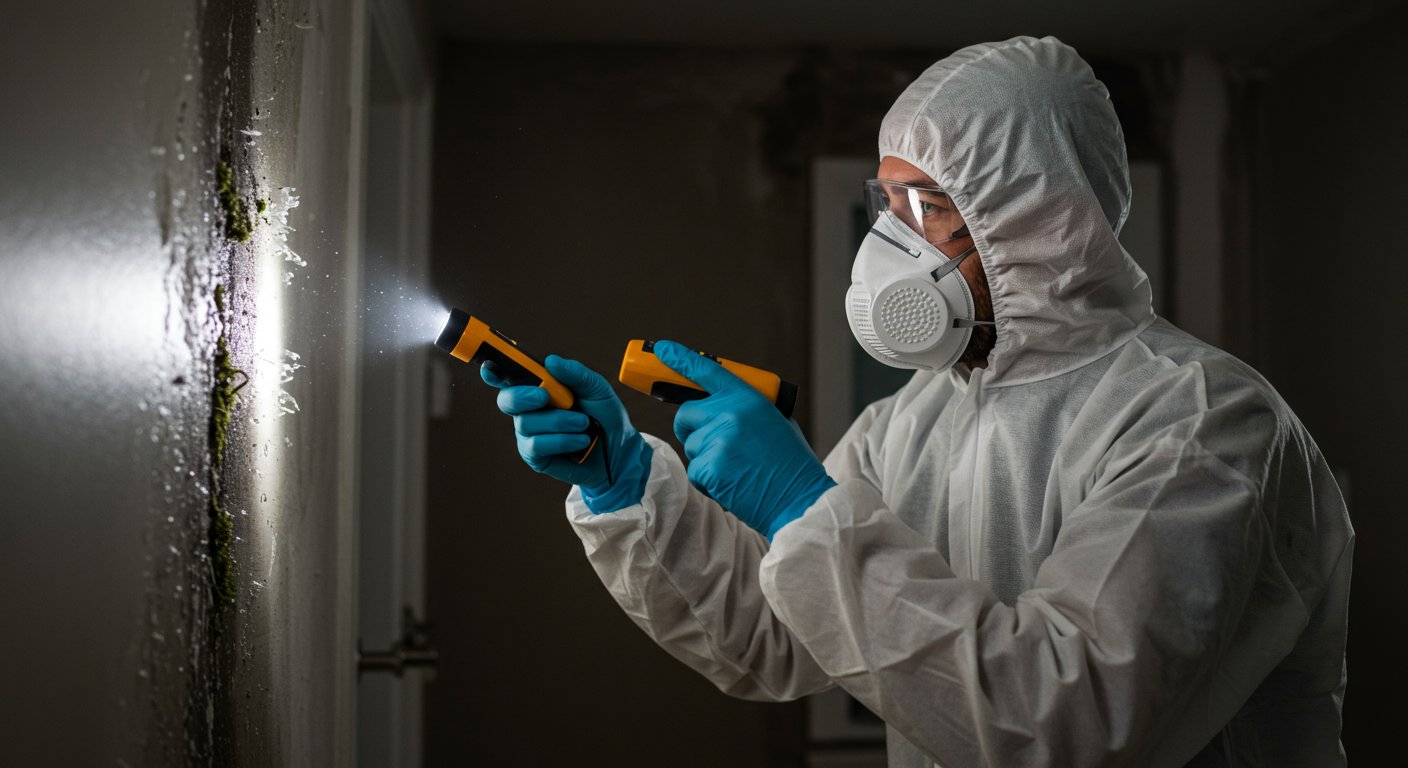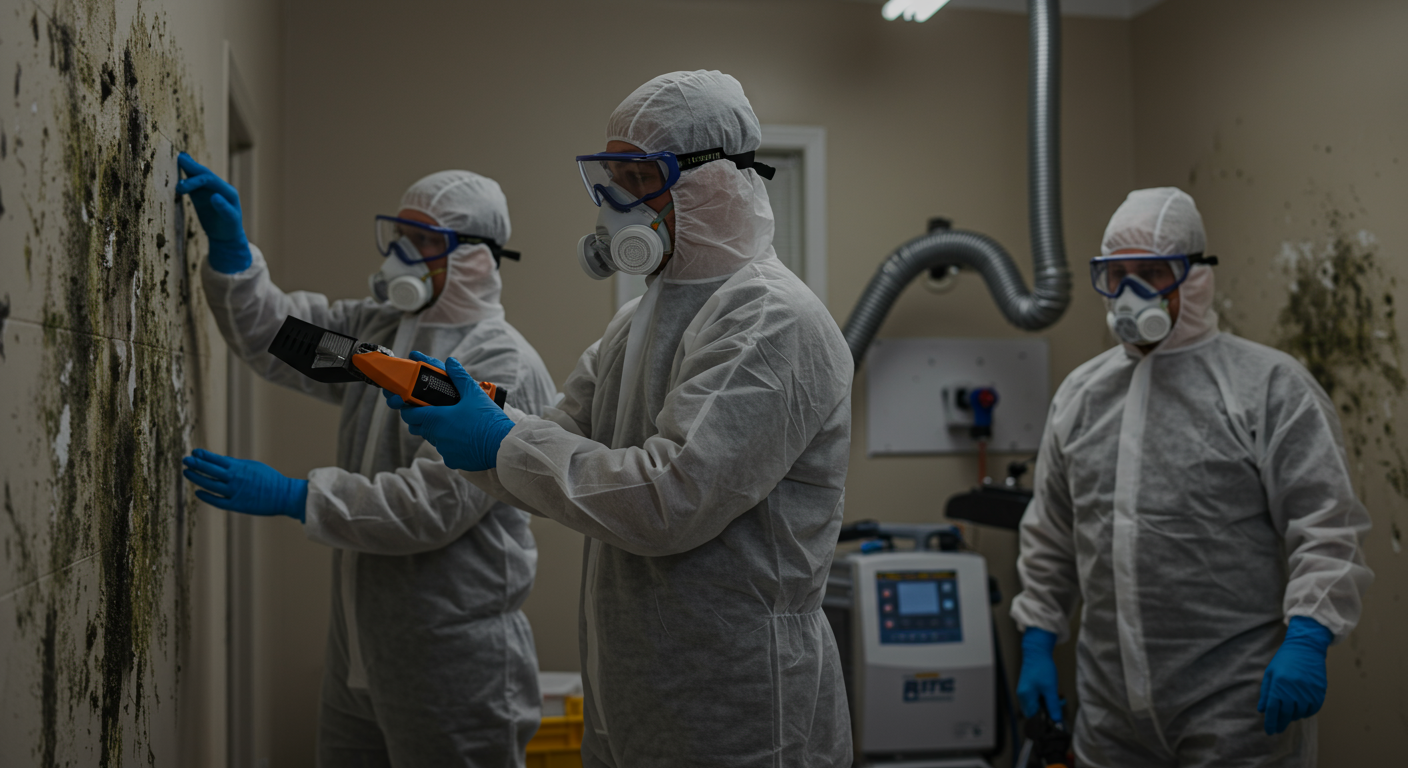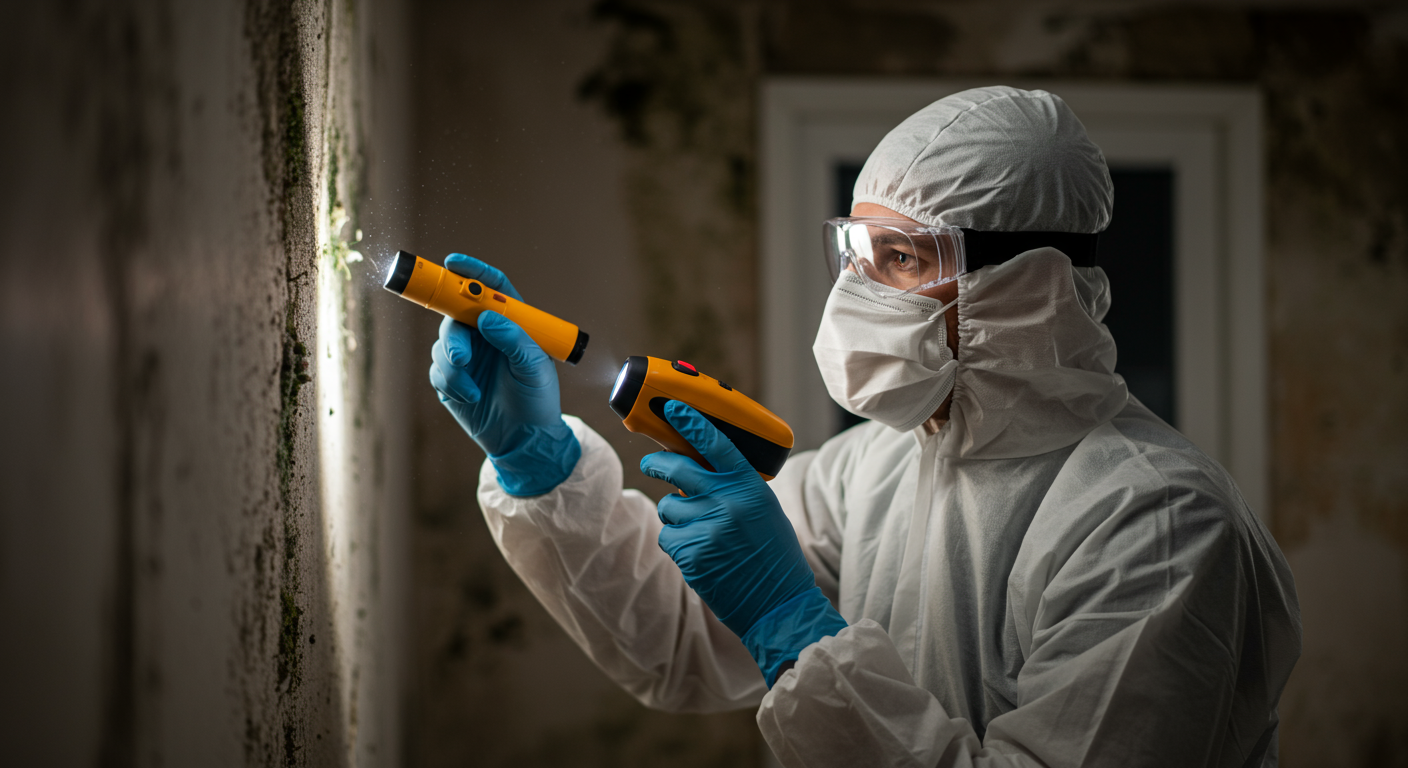Mold is a silent invader that can wreak havoc on your home and health. In a city like New Orleans, LA, where the humid climate creates the perfect breeding ground for mold, regular mold inspections are essential. Whether you’re a homeowner or a business owner, understanding the importance of mold inspection can save you from costly repairs and health issues. This article delves into the significance of mold inspections, the services available, and how to choose the best provider in New Orleans.
Why Mold Inspection is Crucial in New Orleans, LA
Understanding the Risks of Mold in Humid Climates
New Orleans is known for its vibrant culture and unique architecture, but its humid climate also makes it a hotspot for mold growth. Mold thrives in damp, warm environments, and the city’s frequent rainstorms and high humidity levels create the perfect conditions. Left unchecked, mold can spread quickly, damaging walls, ceilings, and even the structural integrity of your home.
Mold isn’t just a cosmetic issue—it can lead to significant property damage. For instance, black mold can weaken wooden beams and drywall, leading to costly repairs. Regular mold inspections can help identify and address these issues before they escalate.
Health Implications of Mold Exposure
Mold exposure can have serious health consequences, especially for individuals with allergies, asthma, or weakened immune systems. Common symptoms include respiratory issues, skin irritation, and sinus infections. Prolonged exposure can lead to more severe health problems, such as chronic lung conditions.
In New Orleans, where mold is a common issue, regular inspections are crucial for maintaining indoor air quality. A professional mold inspection can identify hidden mold and help mitigate health risks, ensuring a safe living environment for you and your family.
Professional Mold Inspection Services in New Orleans
Types of Mold Testing: Air, Surface, and Cavity Sampling
Professional mold inspection services in New Orleans utilize various testing methods to detect mold. Air sampling measures the concentration of mold spores in the air, providing insights into indoor air quality. Surface sampling involves collecting samples from visible mold growth to identify the type of mold present. Cavity sampling, on the other hand, is used to detect hidden mold within walls or ceilings.
Each method has its advantages and is often used in combination for a comprehensive assessment. For example, air sampling can reveal mold spores even if no visible mold is present, while surface sampling can confirm the presence of specific mold types.
Choosing the Right Mold Inspection Company
Selecting the right mold inspection company is crucial for accurate results. Look for certified professionals with experience in mold testing and inspection. A reputable company will use advanced equipment and follow industry standards to provide reliable results.
Customer reviews and testimonials can offer valuable insights into a company’s reliability and professionalism. Additionally, ensure the company provides a detailed inspection report, including recommendations for remediation if necessary.
Steps Involved in a Thorough Mold Inspection
Initial Assessment and Visual Inspection
The first step in a mold inspection is a thorough visual assessment. Inspectors look for visible signs of mold, such as discoloration, water stains, or a musty odor. They also identify areas prone to moisture, such as basements, bathrooms, and kitchens.
This initial assessment helps pinpoint potential problem areas and determines the need for further testing. A professional inspector will also ask about any recent water damage or leaks, as these are common triggers for mold growth.
Advanced Testing Techniques and Equipment
Once the visual inspection is complete, advanced testing techniques are used to confirm the presence of mold. This may include air sampling, surface swabs, and moisture meters. Some companies also use infrared cameras to detect hidden moisture behind walls or under floors.
The collected samples are sent to a lab for analysis, where experts identify the type and concentration of mold present. This information is crucial for developing an effective remediation plan.
How to Choose the Best Mold Inspection Service in New Orleans
Key Factors to Consider (Certifications, Experience, Reviews)
When choosing a mold inspection service in New Orleans, consider the following factors:
- Certifications: Ensure the company is certified by recognized organizations, such as the National Association of Mold Remediators and Inspectors (NAMRI).
- Experience: Look for companies with a proven track record in mold inspection and testing.
- Reviews: Read customer reviews and testimonials to gauge the company’s reliability and professionalism.
A certified and experienced company will provide accurate results and offer valuable insights into preventing future mold issues.
Importance of Customer Support and Transparency
Transparency and customer support are essential when dealing with mold issues. A reputable company will provide a detailed inspection report, explaining the findings in simple terms. They should also be willing to answer any questions and offer guidance on the next steps.
Good customer support ensures a smooth and stress-free experience, giving you peace of mind that your home is in good hands.
Call to Action: Protect Your Home and Health Today
Don’t let mold compromise your home and health. Schedule a professional mold inspection in New Orleans, LA, today. Whether you’re dealing with visible mold or suspect hidden growth, a thorough inspection can provide the answers you need. Take the first step towards a healthier, mold-free home by contacting a trusted mold inspection service in your area.
For more information on mold remediation and related services, check out our Expert Mold Remediation Services in New Orleans, LA or learn about Crawl Space Encapsulation in New Orleans, LA.
Image Description: Below is a visual representation of the mold inspection process in a New Orleans home. The image showcases a professional inspector using a moisture meter to examine a ceiling corner, highlighting the meticulous approach taken during inspections.

By addressing mold issues proactively, you can protect your property and ensure a safe, healthy living environment for years to come.


